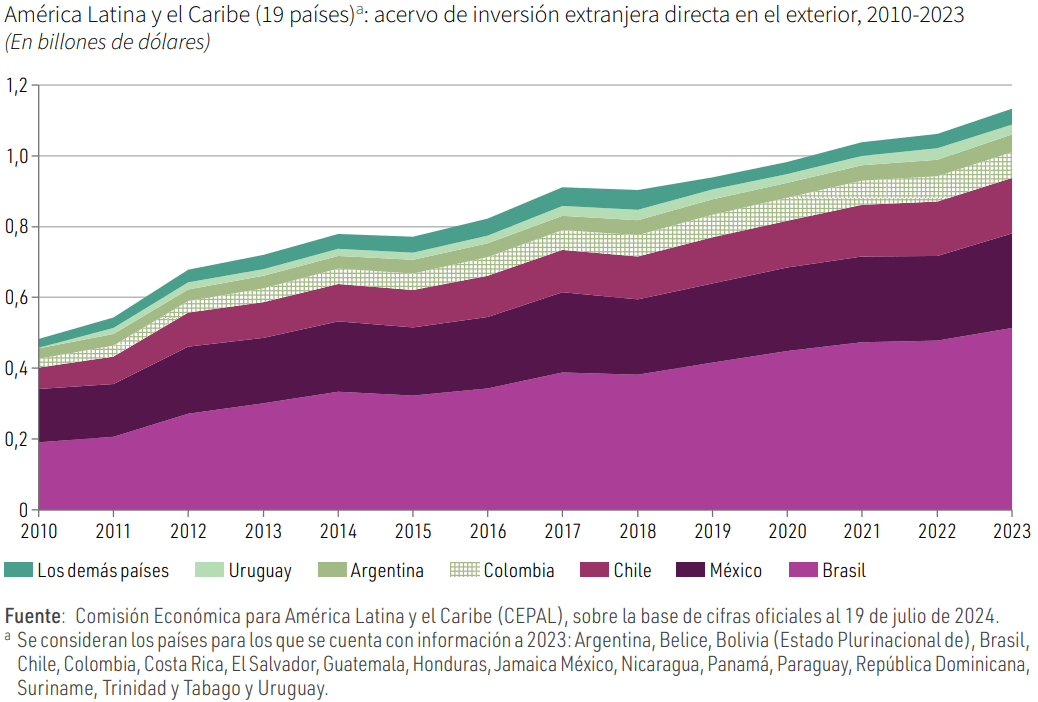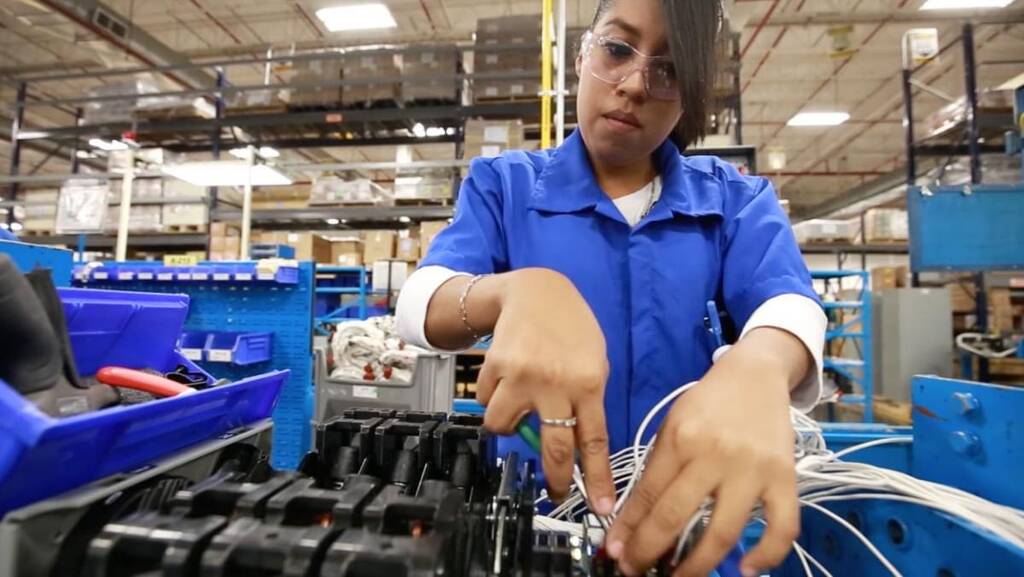FDI in manufacturing reflects its attractiveness in nearshoring strategies to Mexico, according to the Economic Commission for Latin America and the Caribbean (ECLAC).
Although there is more anecdotal information on the arrival of physical capital to Mexico derived from nearshoring, official statistics begin to show a growth in investment flows.

The gap between the two trends is partly explained by the fact that companies are slow to inform the Ministry of Economy about their FDI flows to Mexico after making announcements in the press.
FDI in manufacturing
In Latin America and the Caribbean in 2023, services retained their leadership in the region as a whole, despite the drop recorded in inflows in this sector with respect to 2022.
According to ECLAC, FDI in manufacturing ranked second, but increased significantly in Mexico and Central America.
The interest of multinational companies in establishing factories near the United States seems to be evident.
This is especially true in countries with lower labor costs and less geopolitical risk. However, this is not yet reflected in the total volume of foreign direct investment.
Brazil, historically a major recipient of manufacturing FDI, has seen a significant drop in these investments.
This may be the result of deindustrialization in some countries and greater integration into manufacturing value chains in others.
Integration
Mexico, on the other hand, stands out in FDI inflows in manufacturing, accounting for almost half of the total in Latin America and the Caribbean.
Meanwhile, Brazil continues to lead in natural resources, receiving more than a third of FDI in this sector in the region.
These trends reflect changes that began in the 1990s in the production structures of the region’s two largest economies.
The analysis of FDI by sector underscores the need to combine FDI policies with productive development policies.
In terms of FDI actors, the United States and Europe continue to be the main investors and recipients, with Mexico, Brazil and Chile leading in receiving FDI.
China’s share of FDI remains low compared to its role in global trade.
However, announced projects show an increase in Chinese investment.

